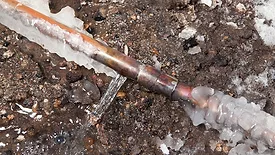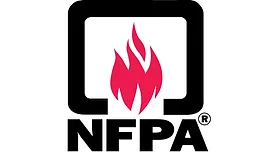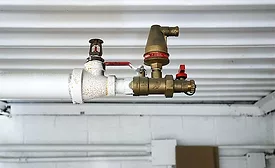Fire Protection
Why clearly defining heated envelopes, coordinating insulation and choosing the right dry technologies are essential to reliable fire protection in cold conditions.
Read More
Balancing environmental responsibility and effectiveness in fire protection systems
Trends driving the future of fire protection design and construction.
April 22, 2025
Fire breaks out at Rovanco Piping Systems' Joliet manufacturing facility
No employees were injured, civilians reported multiple explosions.
April 15, 2025
Feature
Busting myths about CPVC fire sprinkler systems
CPVC offers significant advantages for commercial and residential projects.
January 20, 2025
Former firefighter designs new home with multipurpose plumbing and fire sprinkler system
Licensed plumbers can be trained and permitted to install an AquaSAFE fire sprinkler system.
November 18, 2024
Ensuring corrosion protection beyond routine maintenance in fire sprinkler systems
Corrosion prevention is crucial for protecting lives and property.
June 12, 2024
The risks of adjustable pressure relief valves
Choosing the correct relief valve needs preplanning.
November 22, 2022
New trends in corrosion and freeze protection for resilient fire sprinkler systems
New product innovations present solutions to common pitfalls.
November 17, 2021
Keep your content unclogged with our newsletters!
Stay in the know on the latest plumbing & piping industry trends.
JOIN TODAY!Copyright ©2025. All Rights Reserved BNP Media.
Design, CMS, Hosting & Web Development :: ePublishing











